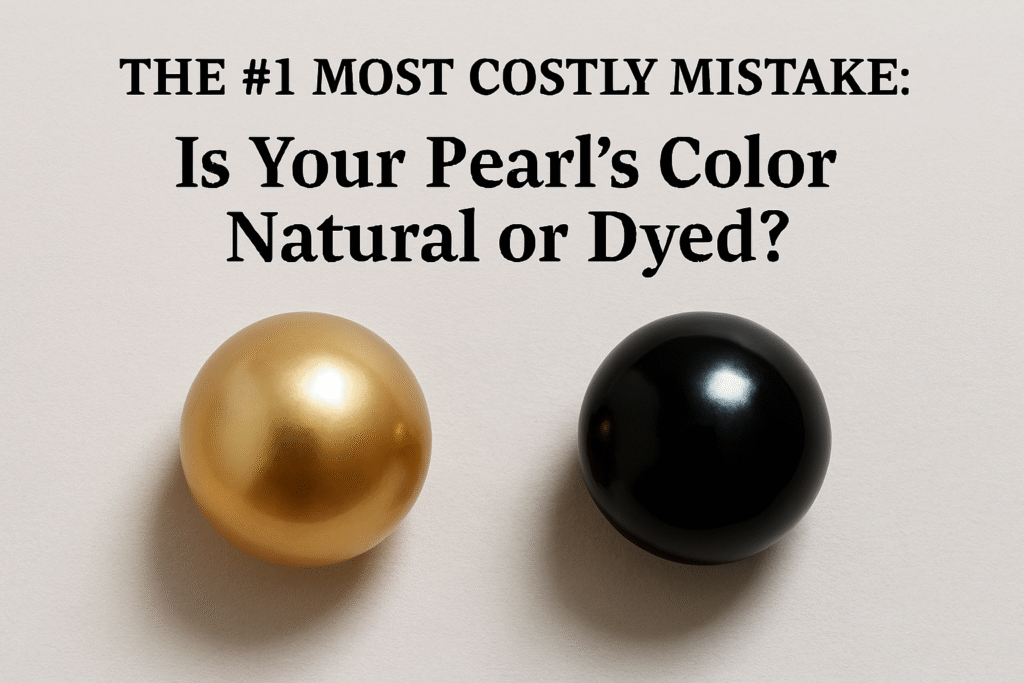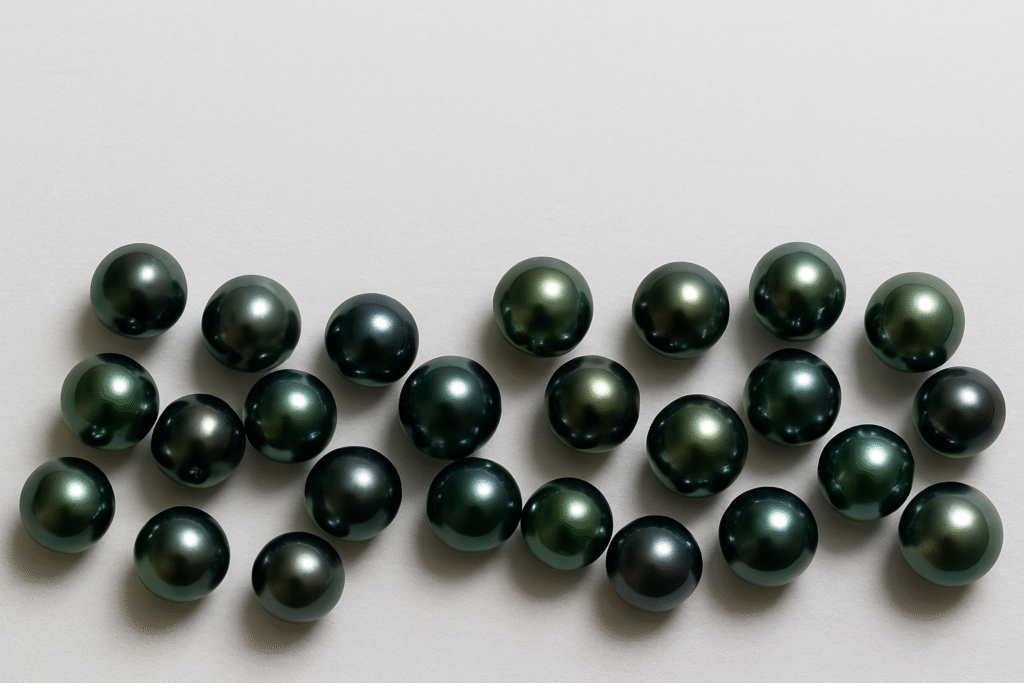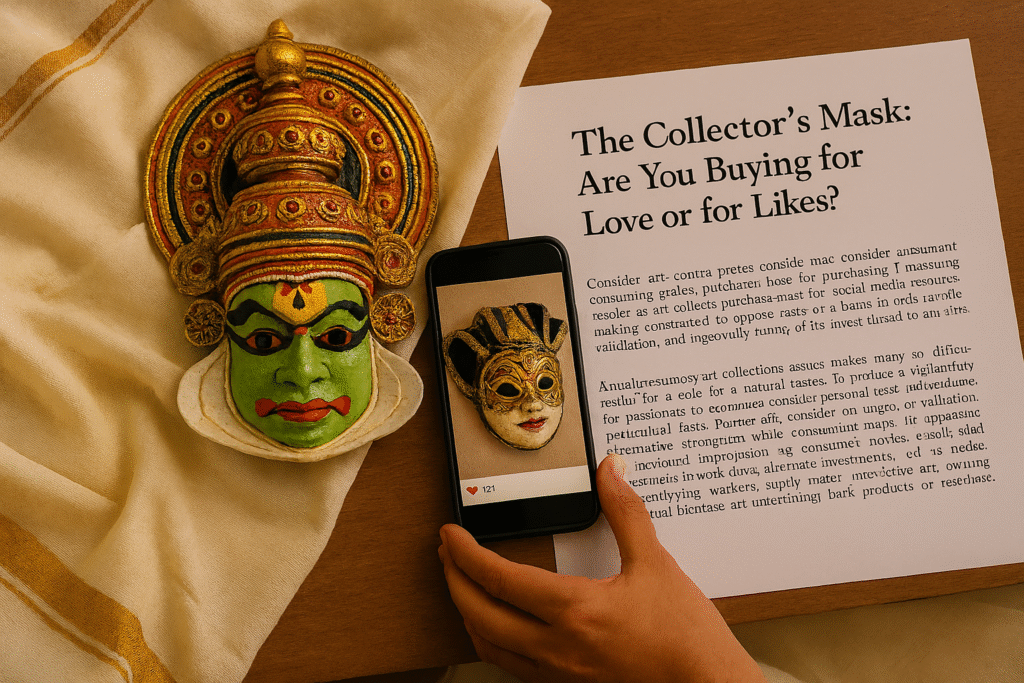Learn how to detect dyed pearls. Spot color concentrations near drill holes or blemishes, know when to ask for a lab report, and protect your jewelry investment.
When you buy a pearl, the first question you should ask is simple.
Is the color natural or man-made?
That answer decides both value and trust.
Why Color Matters
- Natural color pearls command the highest prices.
- Dyed pearls can look attractive, but their value is much lower.
- A pearl’s color is one of the first things professionals check before grading.
How to Detect Dye Treatments
Look closely at:
- Drill holes – Darker dye often collects around the edges.
- Surface blemishes – Tiny cracks or pits may hold uneven dye.
- Overtones – Natural pearls show subtle overtones, while dyed pearls often look flat or one-dimensional.
When to Ask for a Lab Report
- When buying expensive single pearls or strands.
- When the seller claims “rare natural color.”
- When the price feels higher than the market average.
A certified lab report is your only guarantee that the color is natural.
A Quick Example from My Lab
I once received a strand of “Tahitian pearls.” The customer was proud of the bargain she found.
On inspection, the pearls showed heavy dye bleeding around drill holes. They were not Tahitian, but dyed freshwater pearls worth a fraction of the price.
That one mistake cost her more than ten times the pearl’s actual value.
Questions You Should Ask Yourself
- Does the pearl’s color look too uniform to be natural?
- Do you see dye at the drill holes or blemishes?
- Has the seller provided a lab certificate?
If the answer to any of these is “no,” think twice before buying.



